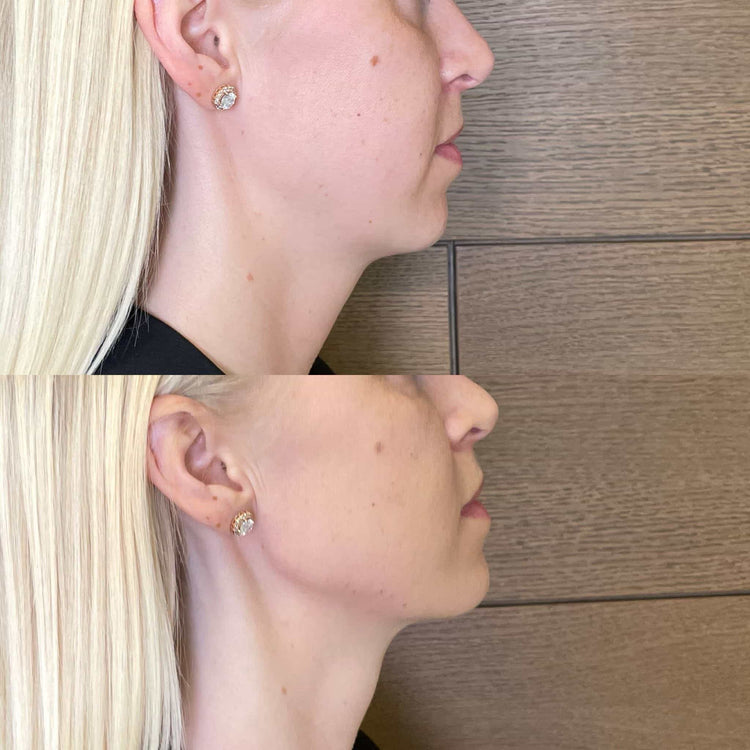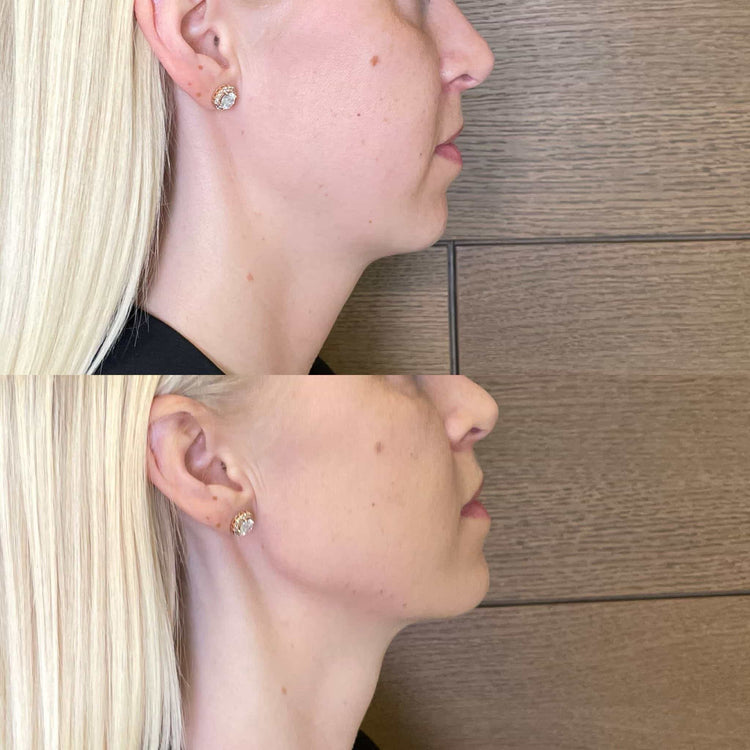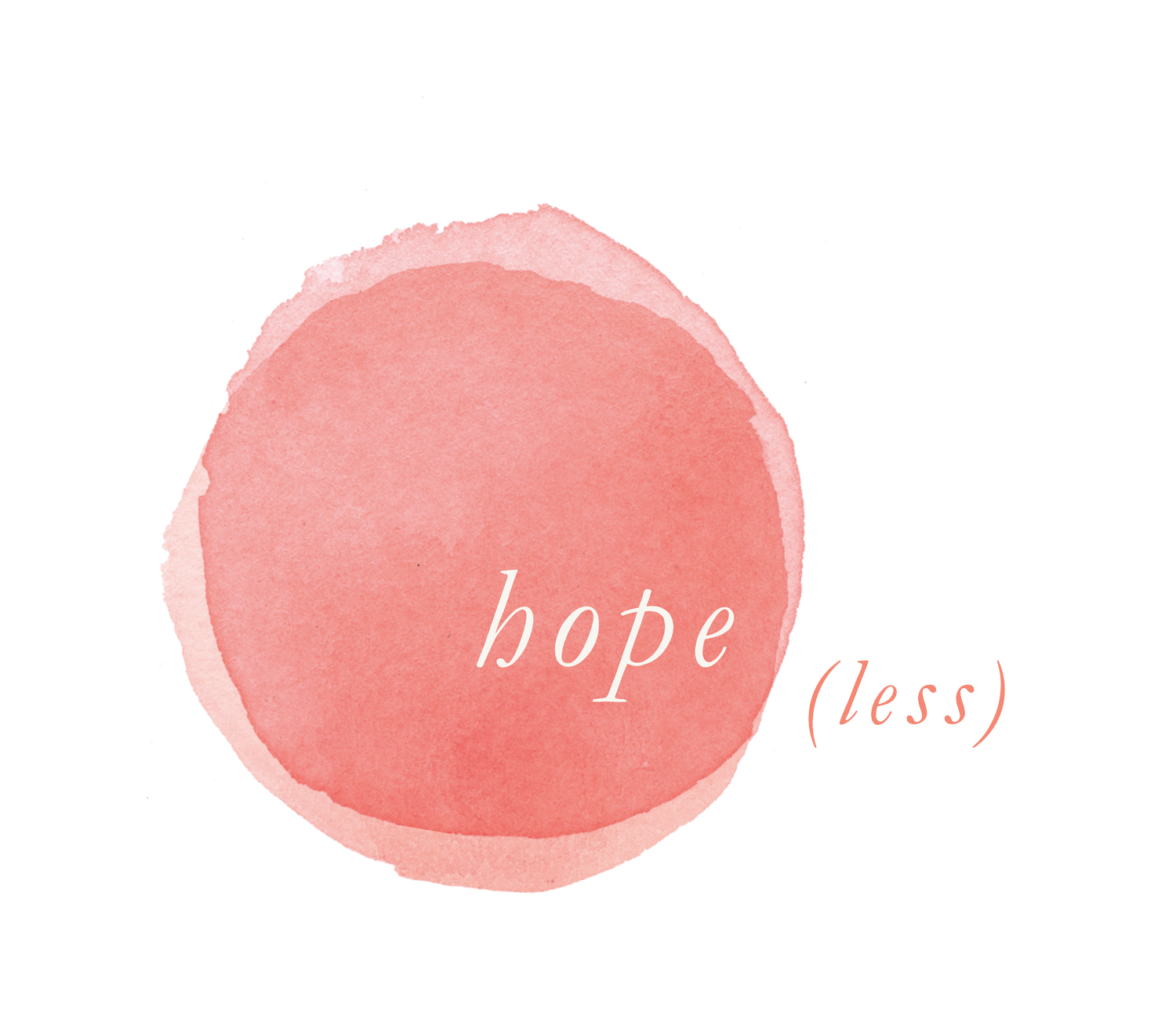Volume Needs
When considering jaw filler treatments, selecting the appropriate volume is crucial for achieving your desired outcome. Determining whether to opt for 1 ml or 2 ml of filler requires careful consideration of individual facial structure, aesthetic goals, and treatment expectations.
Assessing Facial Structure
Assessing facial structure is fundamental when deciding between 1ml and 2ml of jaw filler. Individuals with naturally slender jaws may achieve a subtle enhancement with 1ml, while those with broader or more defined jawlines might benefit from the added volume of 2ml for a more pronounced contour.
Evaluating the existing bone structure is important. Someone with strong, prominent bones might require less filler to enhance definition, whereas someone with softer features may need more volume to create a noticeable change.
Desired Results and Expectations
Desired results play a pivotal role in determining the appropriate volume of jaw filler. If your aim is a subtle enhancement, creating a more defined jawline without drastic changes, 1ml might be sufficient. For a more significant transformation, aiming for a broader, more sculpted appearance, 2 ml may be necessary.
Setting clear expectations regarding the outcome is essential for both patient and practitioner. Discussing desired results openly, providing visual examples if helpful, and understanding potential limitations will ensure a shared understanding and minimize disappointment.
Experience Level of Practitioner
The experience level of the practitioner administering jaw filler treatments significantly influences the decision between 1 ml and 2 ml. A more experienced injector may be able to assess subtle facial nuances and tailor the volume accordingly, potentially achieving optimal results with less filler. Conversely, a less experienced practitioner might err on the side of using more filler, leading to potential overcorrection or an unnatural appearance.
Expertise in Jaw Augmentation Procedures
The experience level of a practitioner performing jaw augmentation procedures is crucial when deciding between 1 ml and 2 ml of filler. A highly experienced injector possesses a deep understanding of facial anatomy and aesthetics. They can accurately assess individual features, predict the outcome of different volumes, and skillfully inject filler to achieve natural-looking results.
An experienced practitioner may be able to use smaller volumes effectively, minimizing the risk of overcorrection or unnatural appearance. Conversely, a less experienced injector might need a greater volume to achieve the desired effect, potentially leading to an overly exaggerated look.
Understanding Individual Patient Anatomy
A practitioner’s experience level significantly impacts their ability to choose between 1ml and 2ml of jaw filler. Experienced practitioners possess an in-depth understanding of facial anatomy, allowing them to precisely assess individual bone structure and muscle placement.
This expertise enables them to determine the optimal volume needed for each patient, minimizing the risk of overcorrection or unnatural results. They can often achieve desired outcomes with smaller volumes due to their skillful injection techniques and knowledge of subtle anatomical variations.
Potential Risks and Side Effects
While jaw filler treatments offer a promising avenue for enhancing facial contours, it’s crucial to be aware of potential risks and side effects associated with these procedures. These can range from temporary discomfort and swelling to more serious complications such as infection, allergic reactions, or uneven results.
Swelling and Bruising
When considering jaw filler treatments, selecting the appropriate volume is crucial for achieving your desired outcome. Determining whether to opt for 1 ml or 2 ml of filler requires careful consideration of individual facial structure, aesthetic goals, and treatment expectations.

Potential risks and side effects associated with jaw filler treatments include:
- Swelling
- Bruising
- Infection
- Allergic reactions
- Uneven results
It is important to consult with a qualified and experienced practitioner to discuss potential risks and benefits before undergoing any filler treatment.
Infection Risk
Potential risks and side effects associated with jaw filler treatments include swelling, bruising, infection, allergic reactions, and uneven results.
Infection risk is a concern with any procedure involving injections. Maintaining strict hygiene protocols during the procedure and following post-treatment instructions carefully can help minimize this risk.
Aftercare Considerations
Choosing the right volume of filler for jaw augmentation is crucial for achieving natural-looking and satisfying results. Determining whether 1 ml or 2 ml is best depends on individual facial features, aesthetic goals, and the experience of the practitioner.
Healing Timeline
Aftercare instructions are vital for ensuring proper healing and minimizing complications after jaw filler treatment. These typically include avoiding strenuous activity, direct sun exposure, and certain facial massage techniques for the initial few days following the procedure.
The healing timeline for jaw filler can vary depending on individual factors, such as the amount of filler used, the individual’s metabolism, and post-treatment care. Initial swelling and bruising typically subside within a few days to a week. Final results become visible once the swelling completely resolves, which can take several weeks.

Long-Term Maintenance Needs
Aftercare instructions are crucial for optimizing healing and minimizing potential complications following jaw filler treatment. These often include avoiding strenuous activities, direct sun exposure, and certain facial massage techniques for a few days post-procedure.
The healing process for jaw filler varies depending on individual factors such as the amount of filler used, metabolism, and adherence to aftercare instructions. Initial swelling and bruising generally subside within a week. Full results become apparent once swelling resolves completely, which can take several weeks.
Long-term maintenance for jaw fillers typically involves repeat treatments every 6 to 18 months, depending on the specific type of filler used and individual metabolism. These “touch-up” appointments ensure sustained enhancement of the desired contour.
- How Long Do Tear Trough Fillers Last In Surrey - August 12, 2025
- How Does Radiesse Liquid Facelift Restore Youthful Volume In The Face In Kingston Upon Thames - August 2, 2025
- How Does A Retinol Peel Improve Skin Texture In Kingston Upon Thames - July 30, 2025
